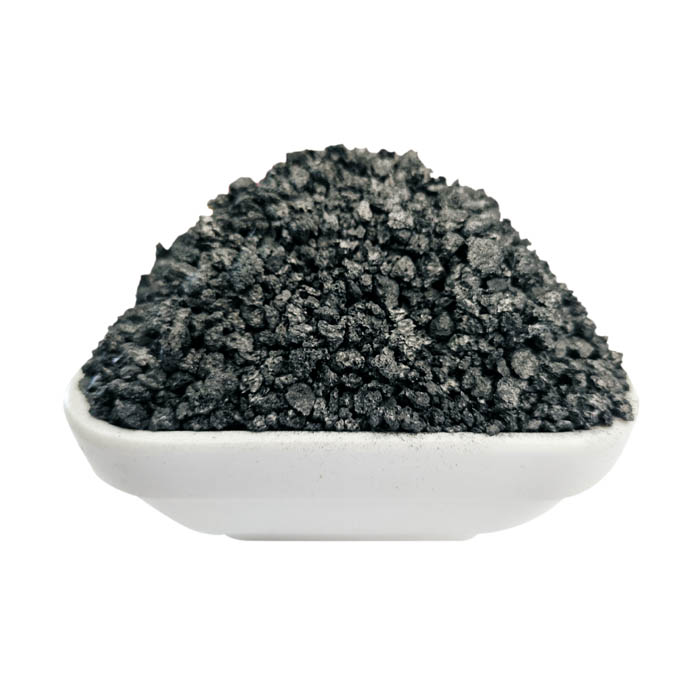Oct . 30, 2024 17:07 Back to list
high oxidation resistance
High Oxidation Resistance An Essential Property for Advanced Materials
In the realm of materials science, oxidation resistance is a critical property that determines the durability and performance of materials, especially in extreme environments. High oxidation resistance refers to the ability of a material to withstand the deteriorative effects of oxidation, which can lead to corrosion, loss of structural integrity, and ultimately, material failure. This property is particularly significant in industries such as aerospace, automotive, and energy, where materials are often subjected to high temperatures and reactive environments.
Oxidation occurs when a material reacts with oxygen in the atmosphere or in specific environments, leading to the formation of oxides. For metals, this process can result in rust and severe degradation, while in ceramics and polymers, it may cause embrittlement and loss of mechanical properties. As a result, the development of materials with high oxidation resistance has become a focal point of research and innovation.
One of the most effective ways to enhance oxidation resistance is through alloying. By adding certain elements to base metals, their ability to resist oxidation can be significantly improved. For instance, the incorporation of chromium into steel forms a protective oxide layer, known as passivation, which acts as a barrier against further oxidation. This is why stainless steel, which is rich in chromium, exhibits excellent resistance to both oxidation and corrosion.
high oxidation resistance

In addition to alloying, advanced coatings have been developed to provide high oxidation resistance. These coatings can be applied to various substrates to create a protective layer that minimizes direct exposure to harmful oxidants. Thermal barrier coatings, for example, are widely used in turbine engines and heat exchangers. These coatings not only reduce heat transfer but also protect the underlying material from oxidative damage at elevated temperatures.
Moreover, the exploration of new materials with inherent high oxidation resistance, such as certain ceramics and intermetallic compounds, is gaining traction. Materials like silicon carbide and zirconium diboride have shown exceptional performance in high-temperature environments due to their stable oxidation behavior. These materials are being investigated for applications in aerospace components, where they can withstand extreme conditions without significant degradation.
The significance of high oxidation resistance extends beyond just performance; it also influences the lifecycle and sustainability of materials. By ensuring long-lasting performance, materials with high oxidation resistance can reduce the frequency of repairs and replacements, ultimately leading to lower resource consumption and diminished environmental impact.
In conclusion, high oxidation resistance is a vital characteristic that enhances the performance and longevity of materials across various industries. The ongoing research into alloying techniques, protective coatings, and novel materials continues to push the boundaries of what is possible in material science. As the demand for reliable and efficient materials grows, the pursuit of high oxidation resistance will remain at the forefront of innovation, ensuring that modern technologies can perform safely and effectively in increasingly challenging environments.
-
Fe-C Composite Pellets for BOF: Enhance Steelmaking Efficiency
NewsAug.07,2025
-
Eco-Friendly Granule Covering Agent | Dust & Caking Control
NewsAug.06,2025
-
Fe-C Composite Pellets for BOF: High-Efficiency & Cost-Saving
NewsAug.05,2025
-
Premium Tundish Covering Agents Exporters | High Purity
NewsAug.04,2025
-
Fe-C Composite Pellets for BOF | Efficient & Economical
NewsAug.03,2025
-
Top Tundish Covering Agent Exporters | Premium Quality Solutions
NewsAug.02,2025
